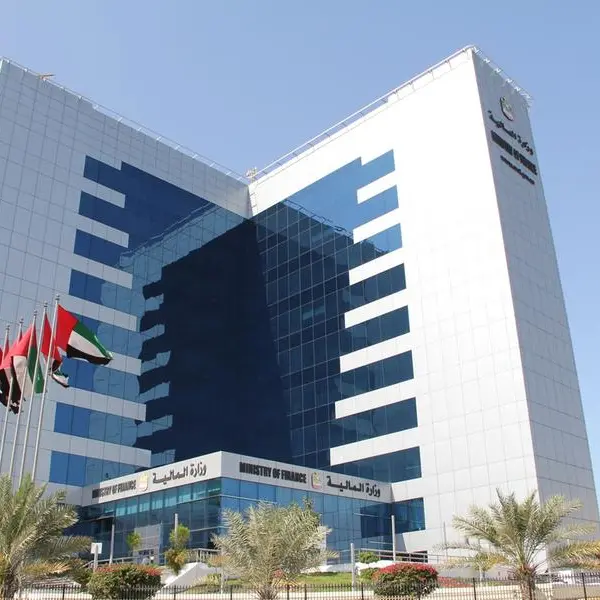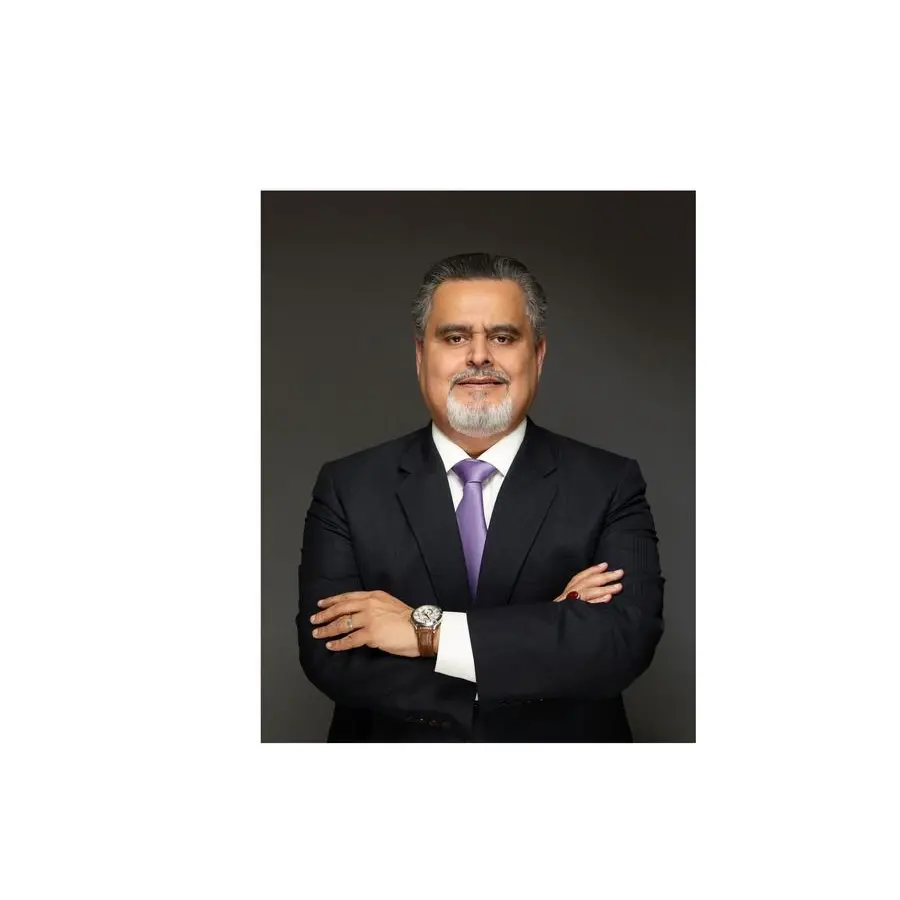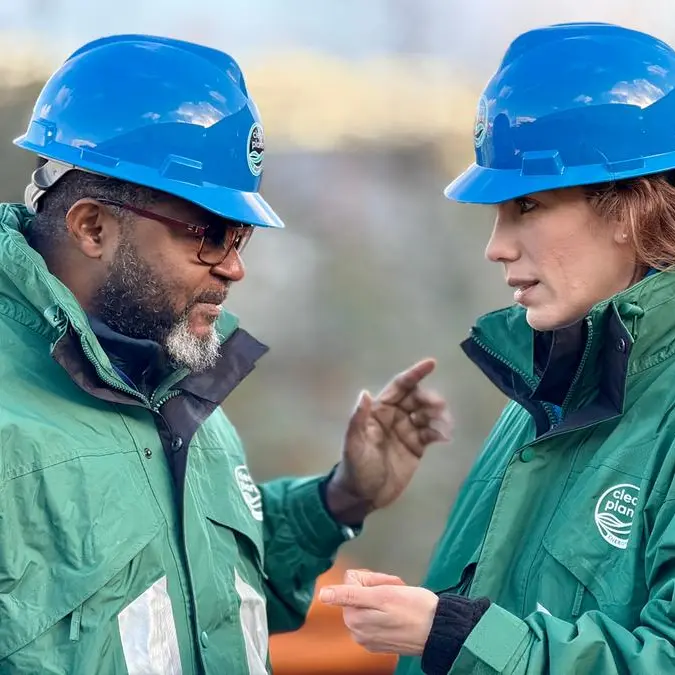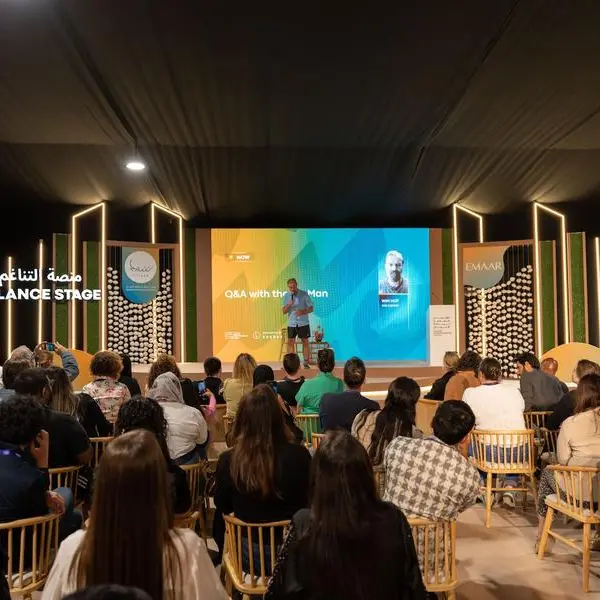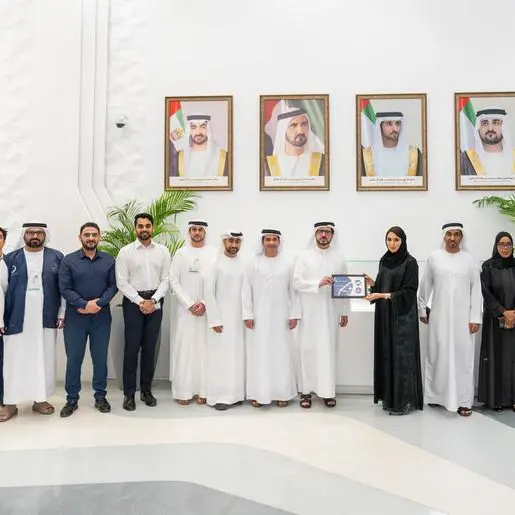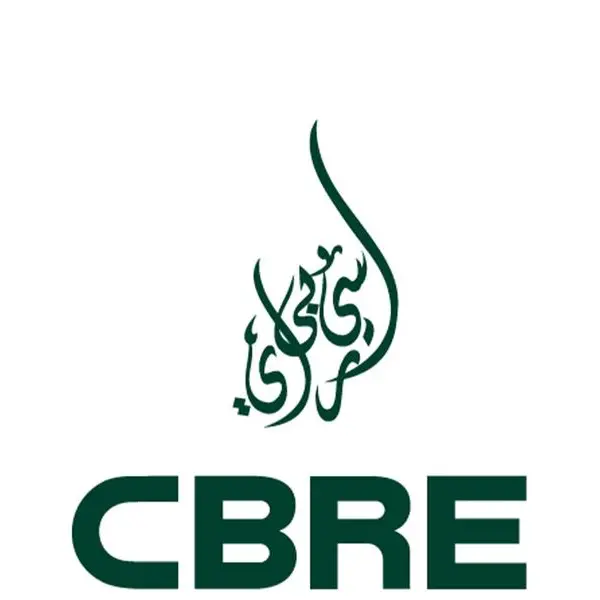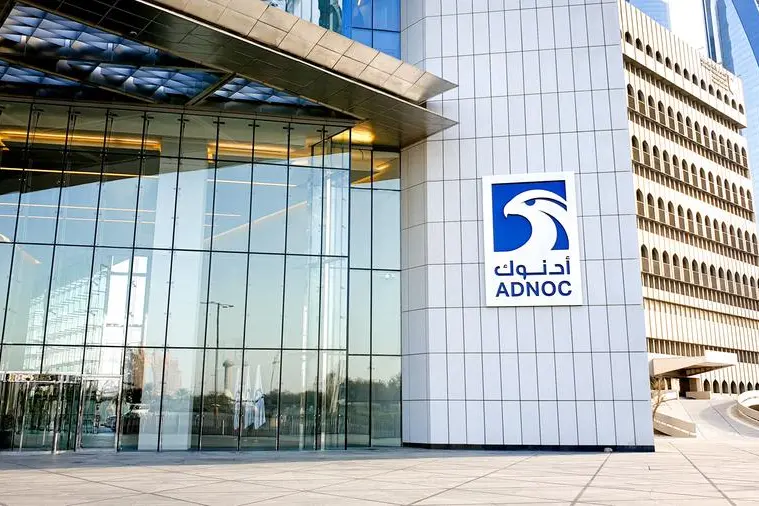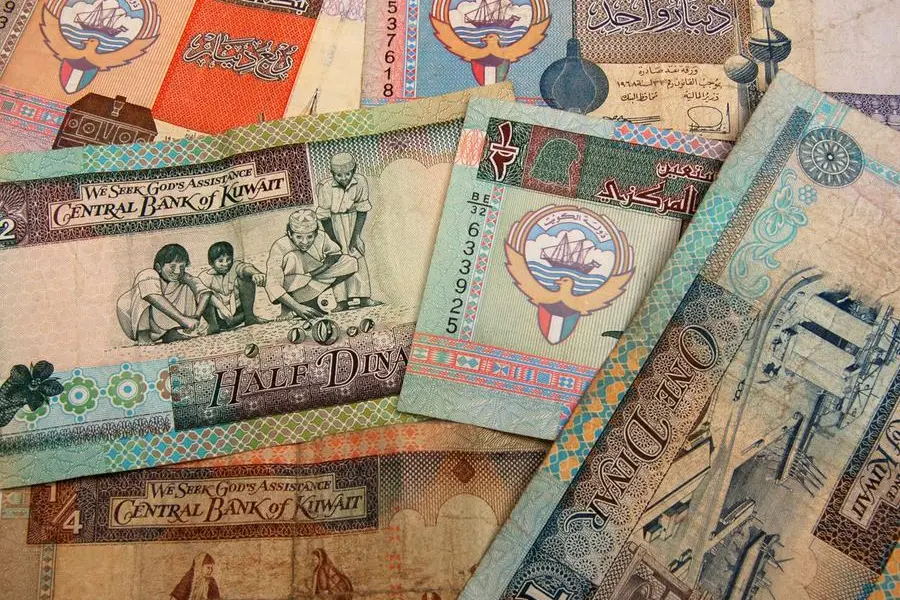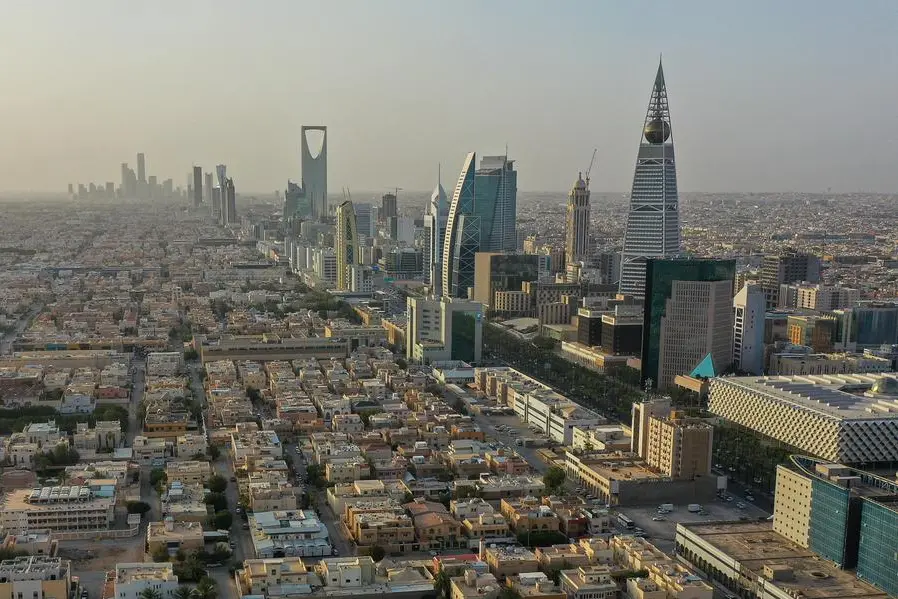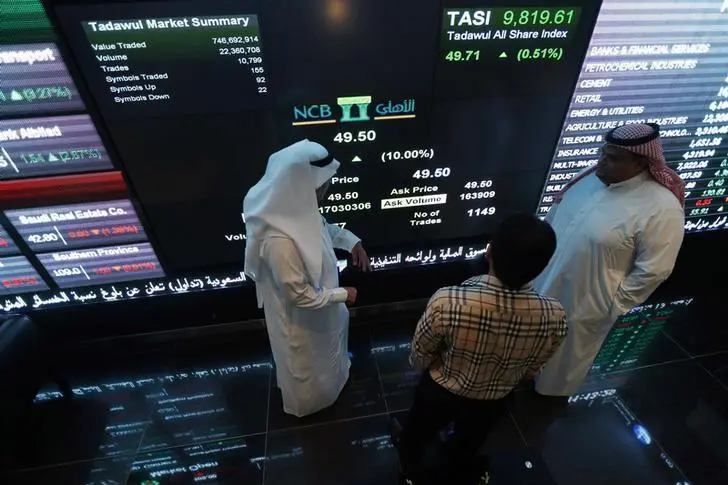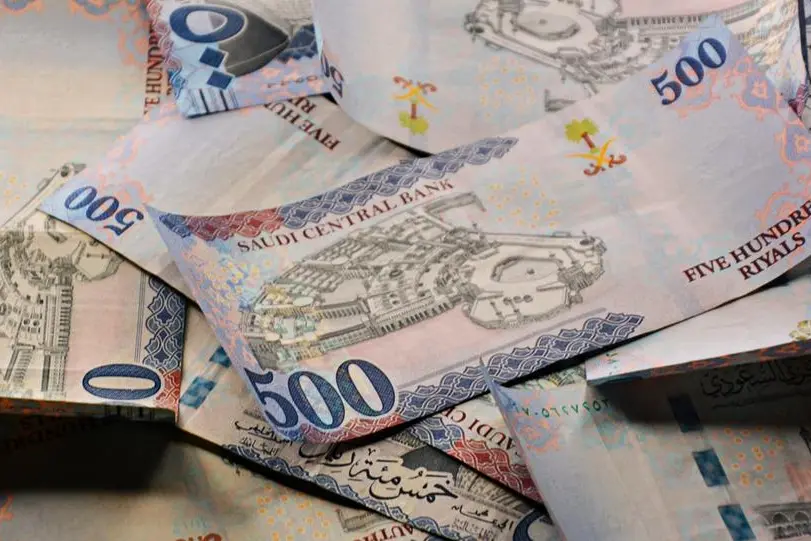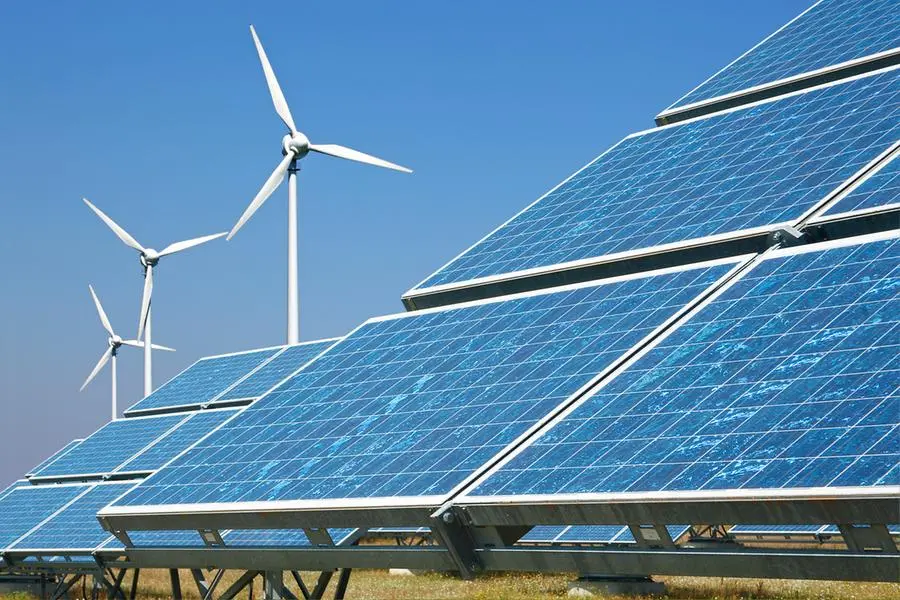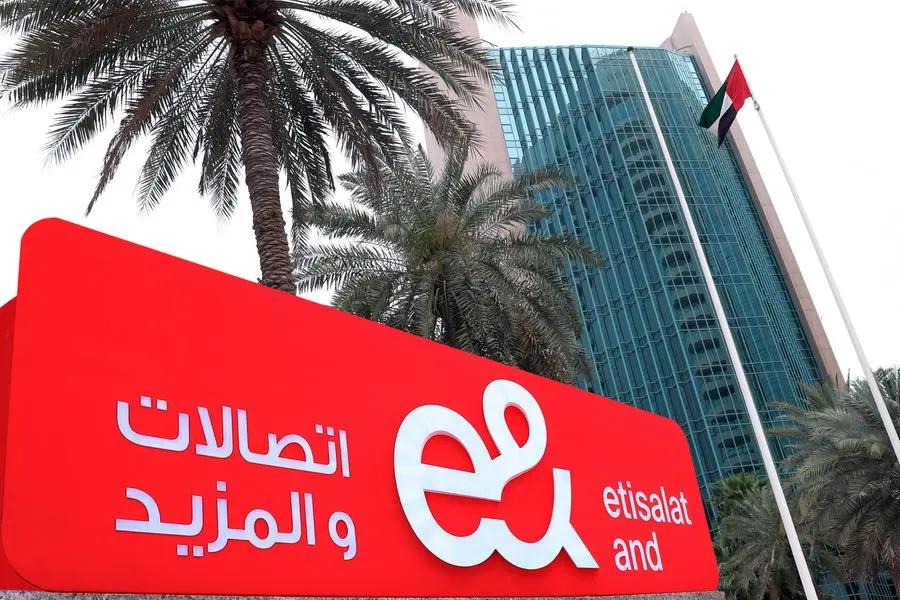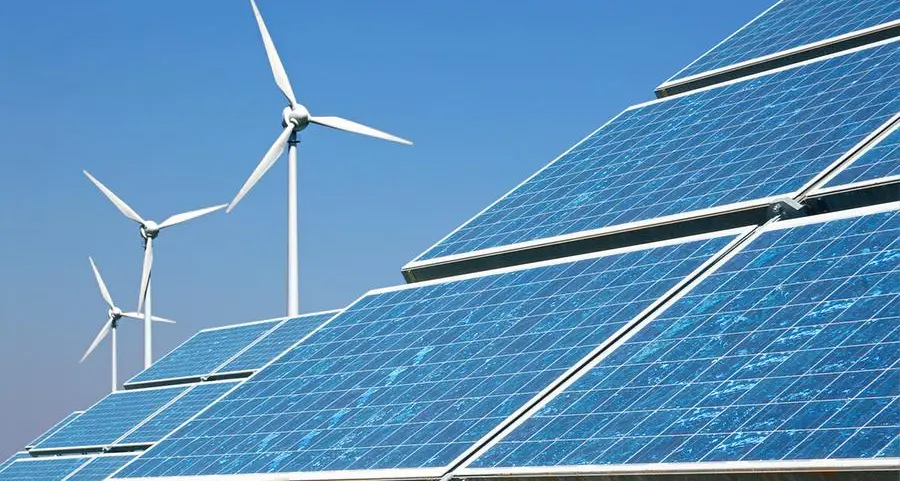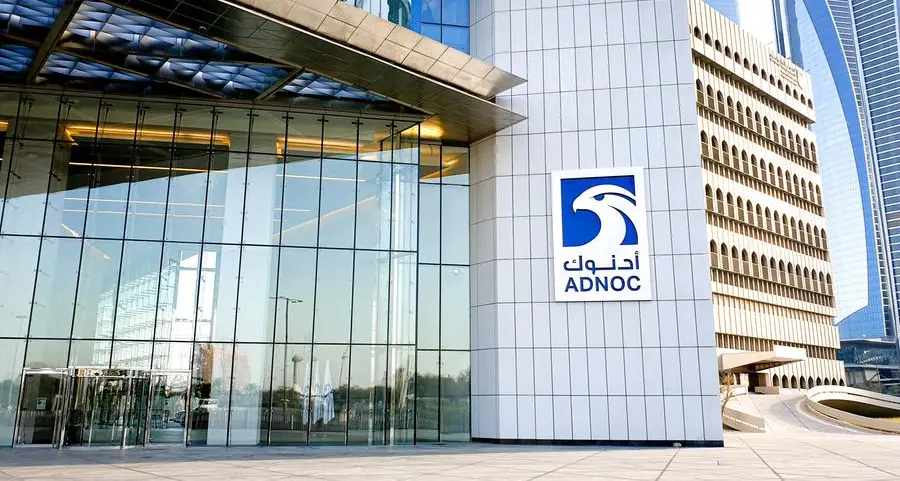- Growth has been fuelled by increasing demand from clean energy sectors and oil and gas operators’ bolder ESG goals
- World records have been broken for land seismic trace density and for the number of seismic nodes used in a single survey
London – STRYDE, a pioneering seismic technology provider, is growing revenue by more than 1000% in 2021, powered by increasing demand for high-quality, low impact – yet affordable – seismic acquisition.
More than 365,000 STRYDE Nodes™ have been sold or leased this year, as its team of experts has worked closely with partners to map the subsurface of jungles, deserts, forests, mountain ranges and cities across 6 continents. In the last 15 months, STRYDE’s technology has been used on an impressive 58 projects in 25 countries.
STRYDE’s systems, which enable more Nodes to be deployed on surveys at lower cost, owing to its affordability, operational efficiency and flexibility, has broken records for land seismic trace density – at 256 million traces per square kilometre, with Explor and Carbon Management Canada – and for the number of Nodes used in any one survey, with 166,000 being deployed during a single project in Oman by Africa Geophysical Services.
“Throughout this record-breaking year, we have been incredibly proud to partner with a number of pioneering companies,” Mike Popham, CEO, STRYDE, says. “They have recognised the value and moved quickly to be first to adopt this innovative technology, which is changing the way many industries think about land seismic surveys.
“To enable this growth, we’ve continued to expand our talented team, which now stands at 54 people. This incredible group has worked hard to overcome a number of challenges, including the global electronic components shortage. Their work has paid off, ensuring we have been able to produce Nodes at scale, faster than ever before, with the 500,000th STRYDE Node™ coming off our production lines during November 2021, just 15 months after production at scale commenced. Amazingly, given that we are only beginning to emerge from a relative “down market” for land seismic, the challenge has been for production to keep up with client demand for our systems.”
STRYDE’s success and the strength of its offering lies in it correlating with operator demands for solutions that are more environmentally friendly, more cost effective, faster and safer, whilst also providing ever denser, higher quality, and more reliable data.
Oil and gas operators have opted to use the technology due to its ability to deliver higher definition imagery, but STRYDE’s product has also opened up the potential of seismic to an increased number of industries, including geothermal, mining and carbon capture, utilisation and storage (CCUS), where previously seismic wasn’t cost effective.
Mike continues: “Seismic acquisition sits at the intersection of the energy transition and has a vital role to play in its success. High density, high definition seismic is critical to oil and gas, as operators seek to maximise returns from their existing reservoirs in the short term and seek to find new discoveries in parts of the world that remain in energy poverty. Equally, more affordable seismic has presented an opening for surveys to be undertaken that unlock new mining, geothermal and CCUS opportunities. Demand from these industries is increasing significantly – and faster than expected, with STRYDE seeing over half of their projects to date coming from outside the oil and gas sector.”
“After a long downturn, the potential for seismic is once again growing, especially with the new opportunities that STRYDE’s product range unlocks.” Mike adds. “Over and above use in oil and gas, geothermal, mining and CCUS projects, it stands to deliver much greater value for additional industries in the near future.”
-Ends-
About STRYDE:
STRYDE’s mission is to make high density seismic affordable to any industry.
STRYDE’s customers benefit from a substantially reduced environmental footprint, reduced HSE risk, faster surveys and significant operational efficiencies. Put simply, STRYDE’s products save customers money and time while enabling them to deliver the best quality seismic data.
STRYDE technology has been used for oil and gas exploration, geothermal, mining, assessing seismic risk and even for archaeology. This diverse range of operating environments demonstrates the versatility of the STRYDE system, which can scale to meet any end user requirement on any land terrain.
With over 365,000 STRYDE NodesTM deployed or purchased globally during 2021, STRYDE is helping customers around the globe to acquire an unparalleled understanding of the subsurface.
To find out more about STRYDE and the game changing STRYDE NodeTM please visit www.strydefurther.com or email sales@strydefurther.com
© Press Release 2021
Disclaimer: The contents of this press release was provided from an external third party provider. This website is not responsible for, and does not control, such external content. This content is provided on an “as is” and “as available” basis and has not been edited in any way. Neither this website nor our affiliates guarantee the accuracy of or endorse the views or opinions expressed in this press release.
The press release is provided for informational purposes only. The content does not provide tax, legal or investment advice or opinion regarding the suitability, value or profitability of any particular security, portfolio or investment strategy. Neither this website nor our affiliates shall be liable for any errors or inaccuracies in the content, or for any actions taken by you in reliance thereon. You expressly agree that your use of the information within this article is at your sole risk.
To the fullest extent permitted by applicable law, this website, its parent company, its subsidiaries, its affiliates and the respective shareholders, directors, officers, employees, agents, advertisers, content providers and licensors will not be liable (jointly or severally) to you for any direct, indirect, consequential, special, incidental, punitive or exemplary damages, including without limitation, lost profits, lost savings and lost revenues, whether in negligence, tort, contract or any other theory of liability, even if the parties have been advised of the possibility or could have foreseen any such damages.
